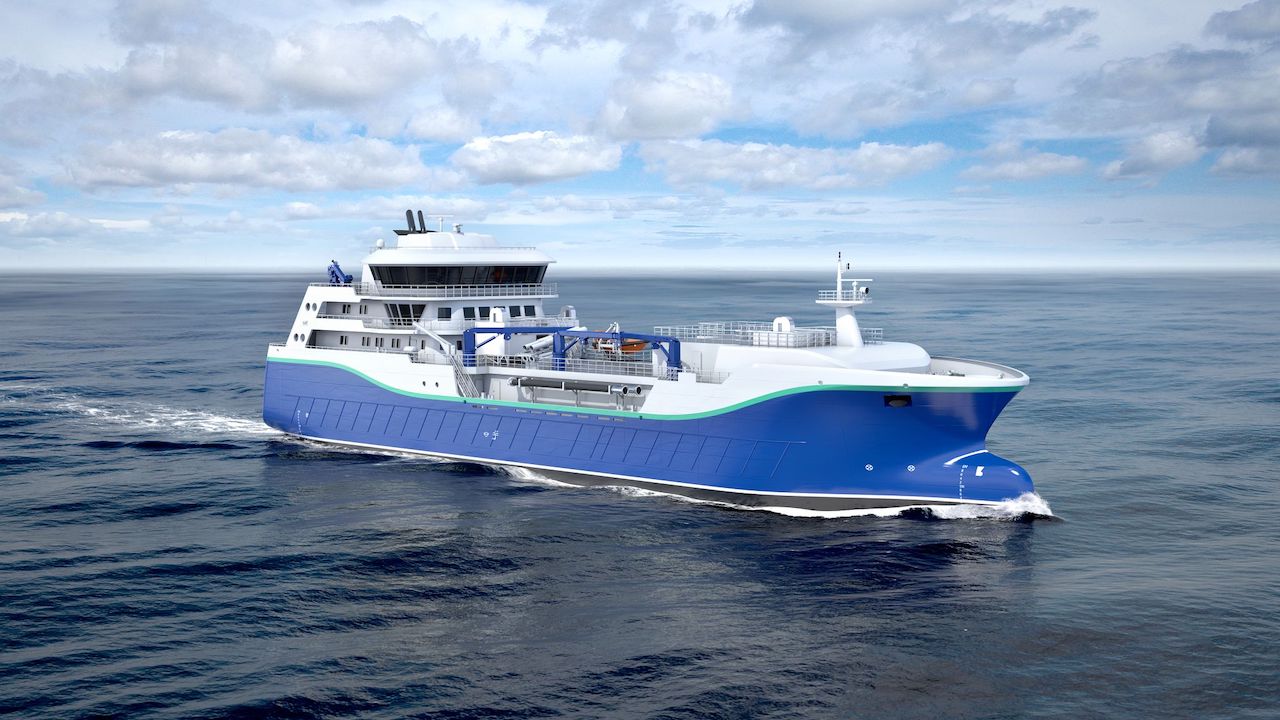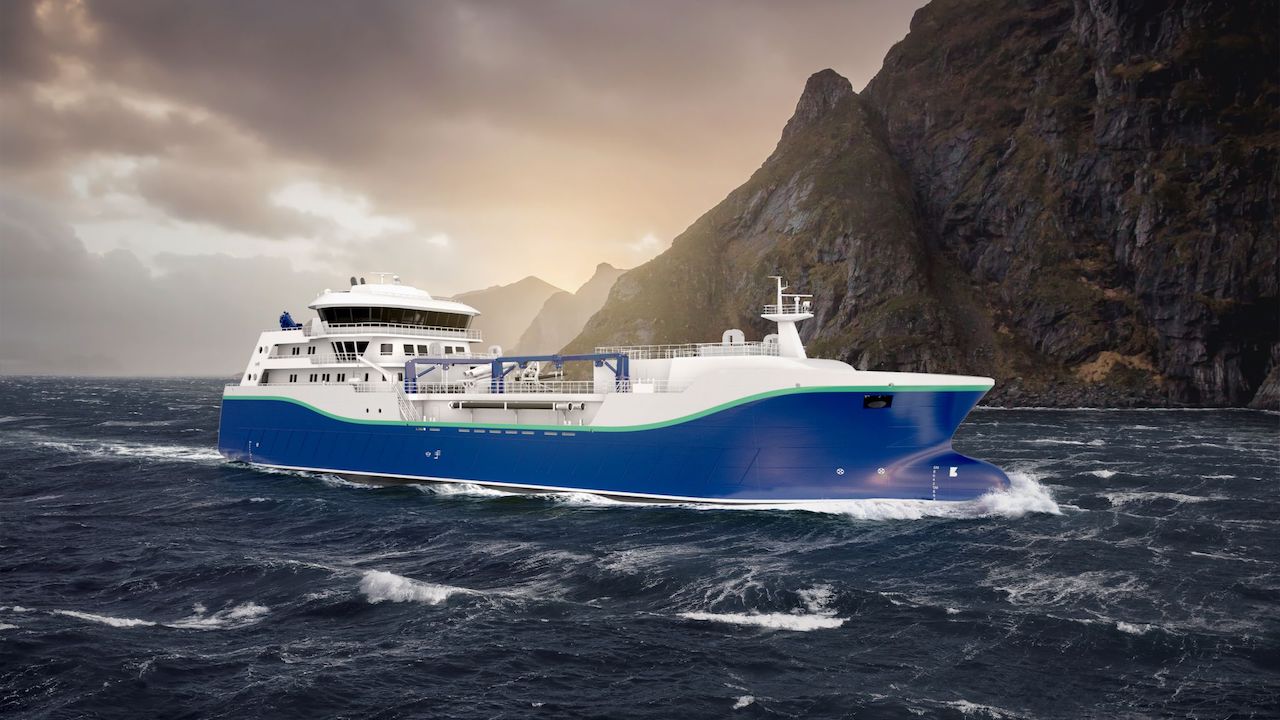As part of its continued growth, Aquaship/Intership has contracted a new battery-hybrid wellboat, equipped with high-tech solutions to reduce emissions and ensure gentle and efficient fish handling.
‘This boat will be a fantastic addition to what is already one of the world’s most modern fleets,’ said Ole Peter Brandal, CEO of Aquaship/Intership.

The new wellboat, with a 4000 cubic metre capacity, will be the 41st vessel to join the company’s fleet. It will have a battery-hybrid energy configuration, with a significant battery pack.
‘We see and hear what our customers need, and we invest in boats that meet both today’s and tomorrow’s demands. There are new and ever-increasing requirements for fish health, fish welfare, and environmental and climate emissions. I am proud that we are investing in the best wellboats on the market that deliver on these aspects,’ Ole Peter Brandal said.
‘It requires a great deal of knowledge and experience to build state-of-the-art wellboats. We work with partners we know well and who we know deliver the best available technology on the market. The boat will also have lots of Norwegian equipment.’
The order has gone to the Zamakona Shipyard in Bilbao, which has previously built two wellboats for Aquaship/Intership. MIL Shipping has facilitated the contracting.
Aquaship/Intership has established itself as a leader in the development of freshwater treatment for lice and AGD (amoebic gill disease) using reverse osmosis. The company has accumulated extensive operational experience of freshwater production and treatment. The new vessel will have a large reverse osmosis system with a capacity of 10,000 cubic metres, as well as being prepared for combination treatment.
‘With this system, we can fill the boat with self-produced freshwater in half a day. The treatment scores very well on all welfare indicators, and the fish start feeding immediately after treatment. This provides economic, welfare, and environmental benefits,’ Ole Peter Brandal said.
The battery-hybrid technology ensures optimal energy efficiency, significantly reducing both the carbon footprint and environmental impact.
‘These are important advancements and investments to make now. To deliver the best possible services to our customers for many years to come, we need to cut emissions faster and better,’ he added.





